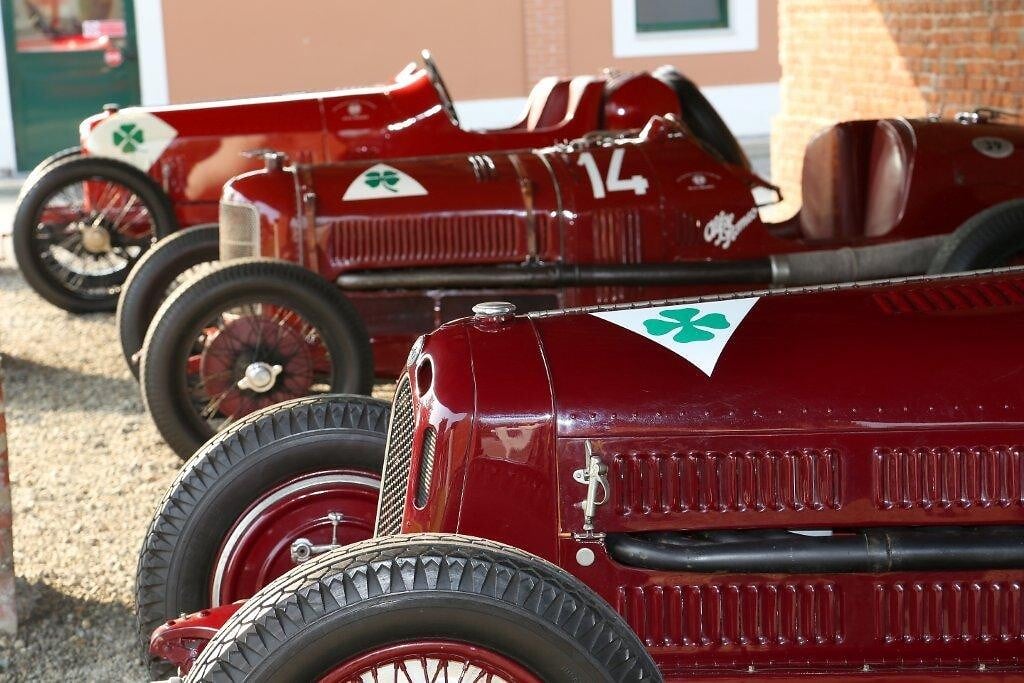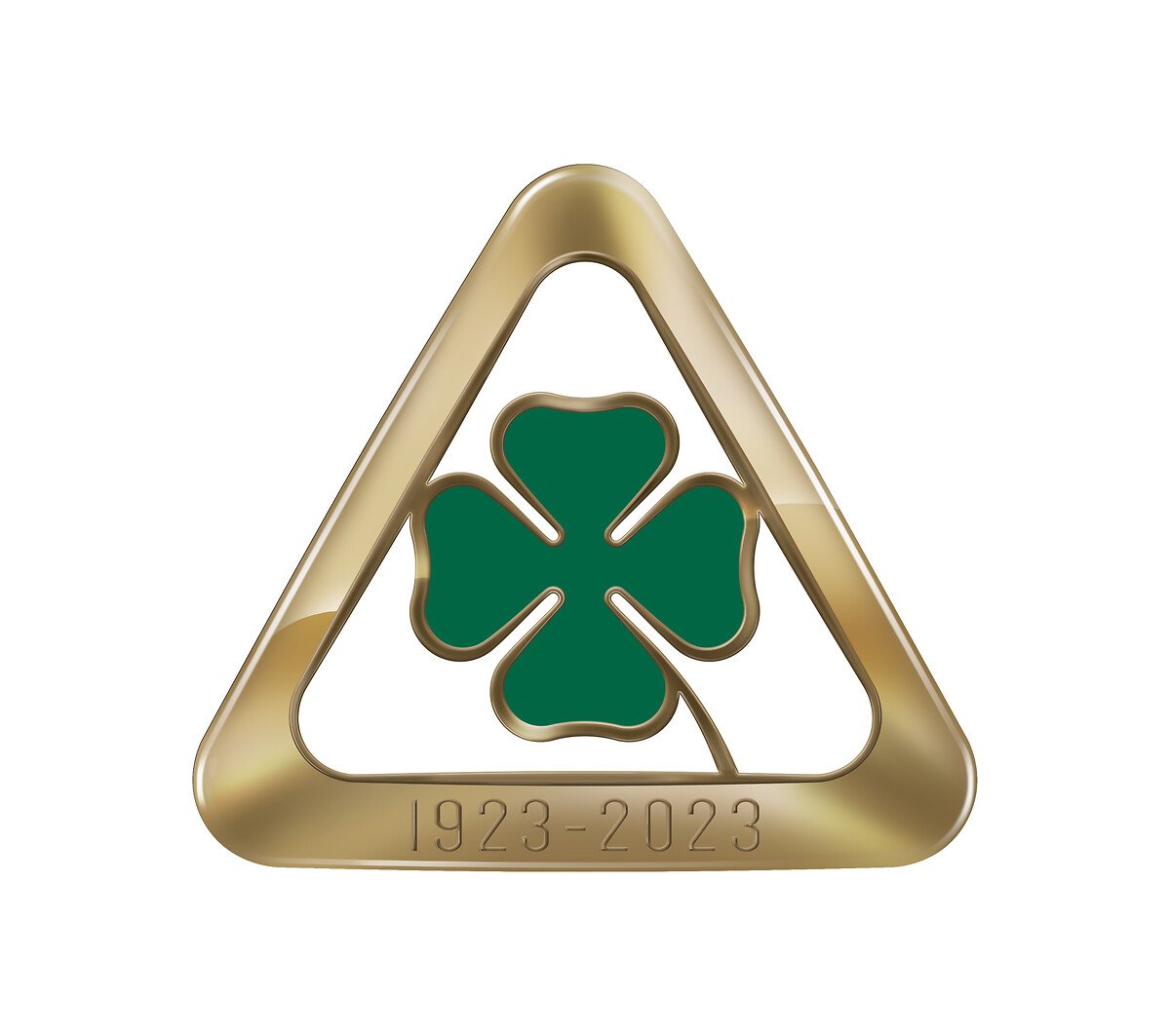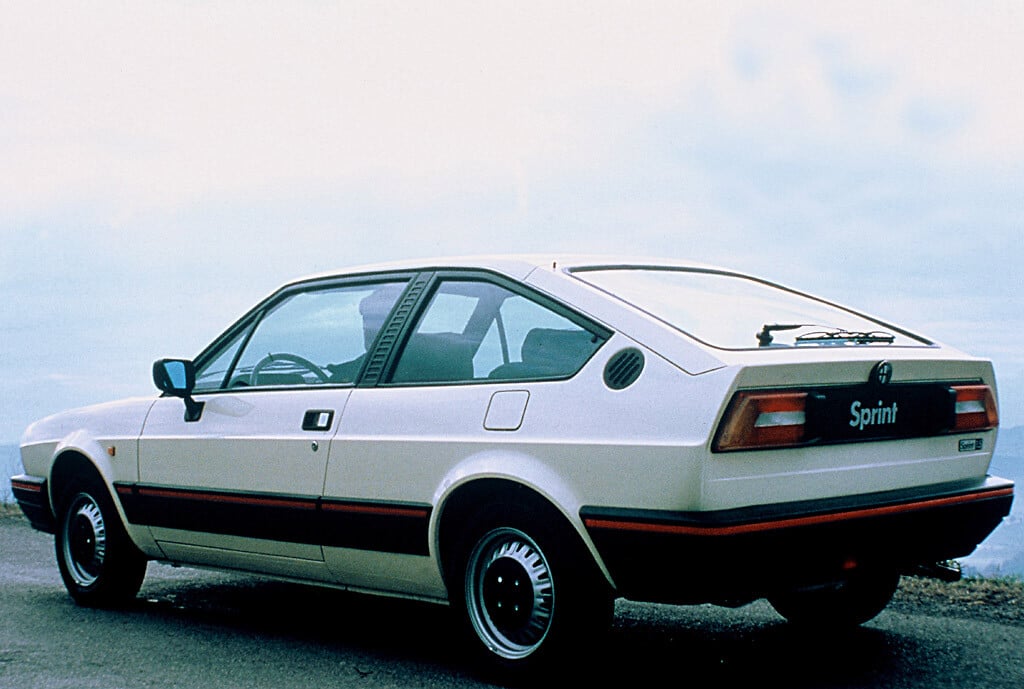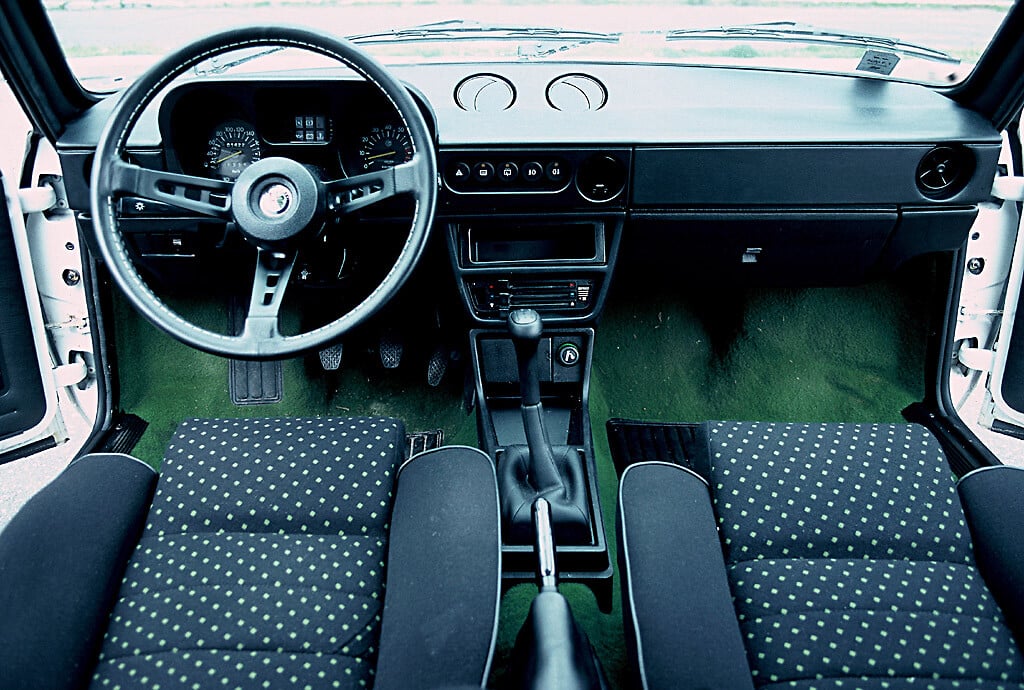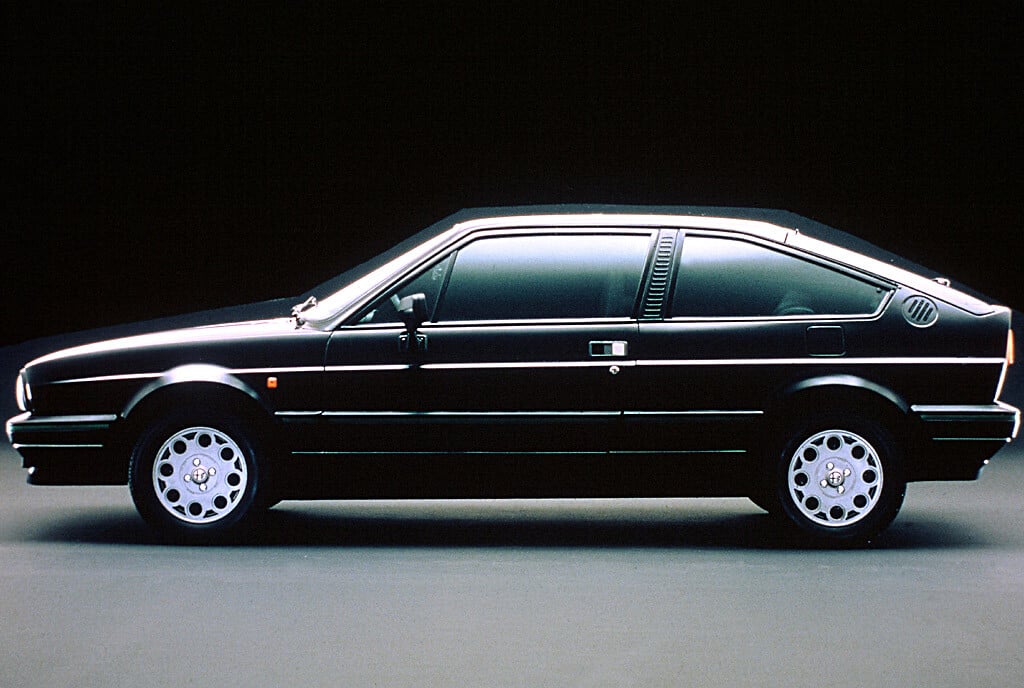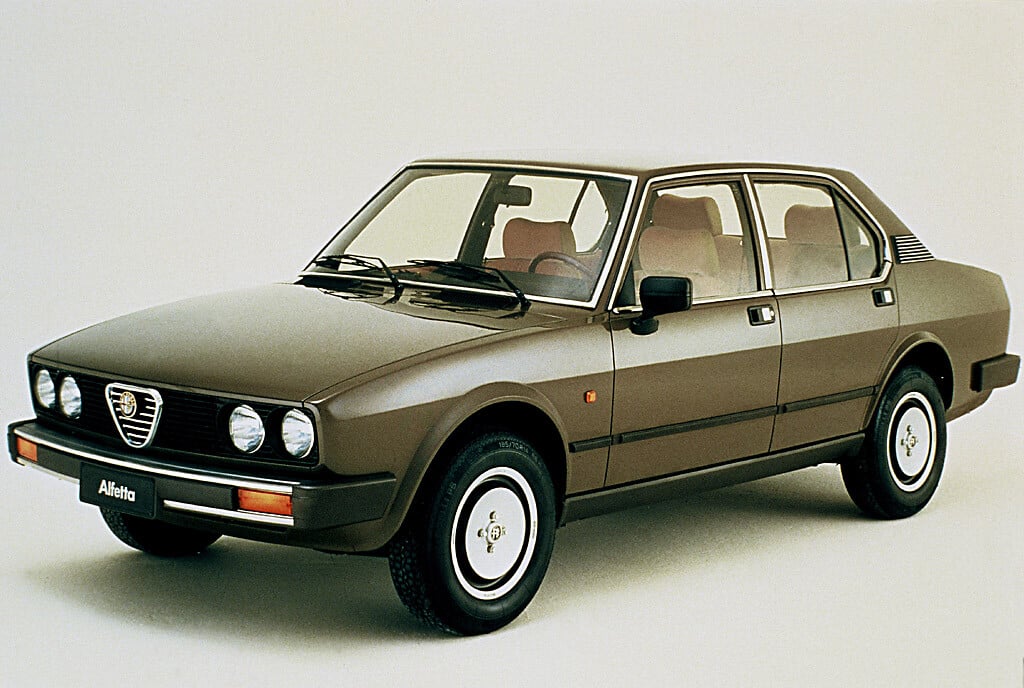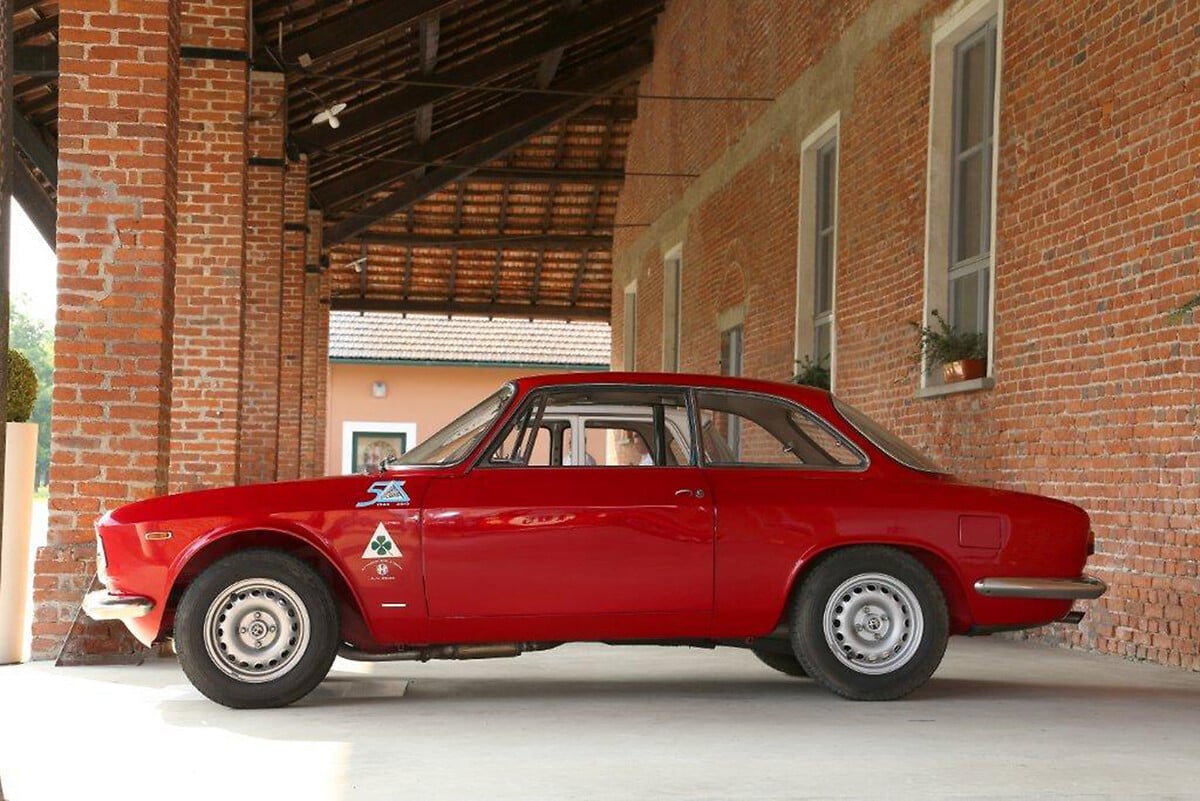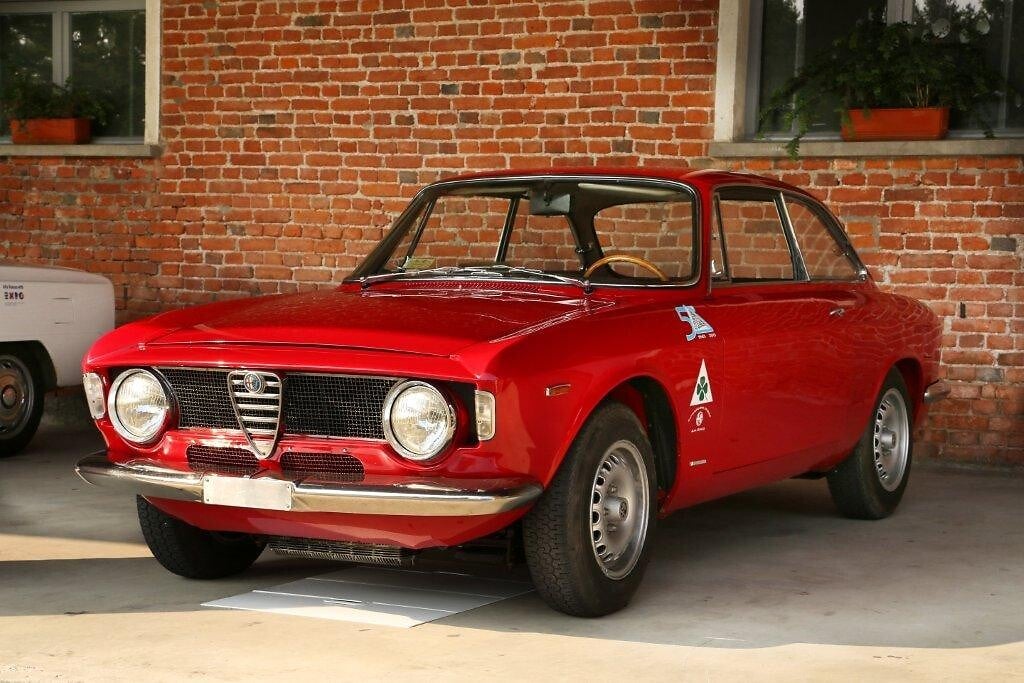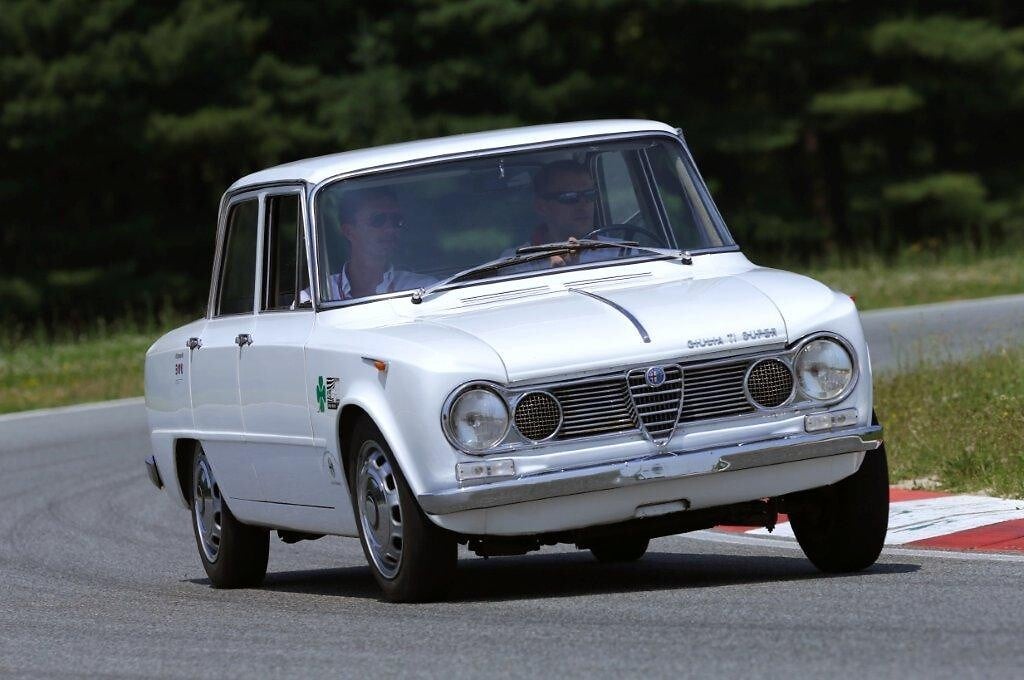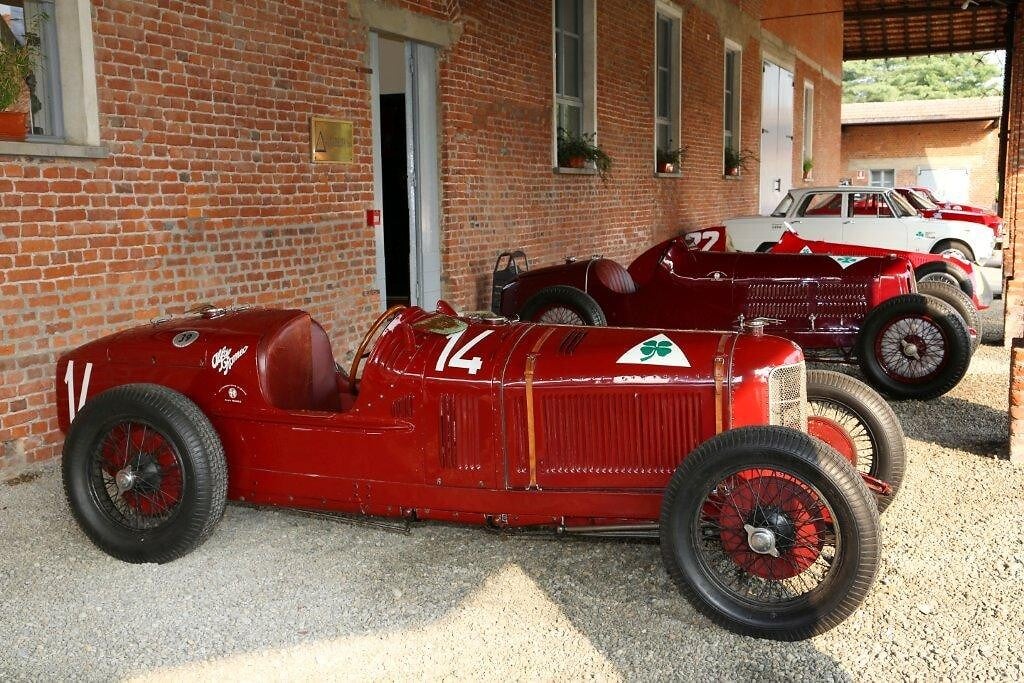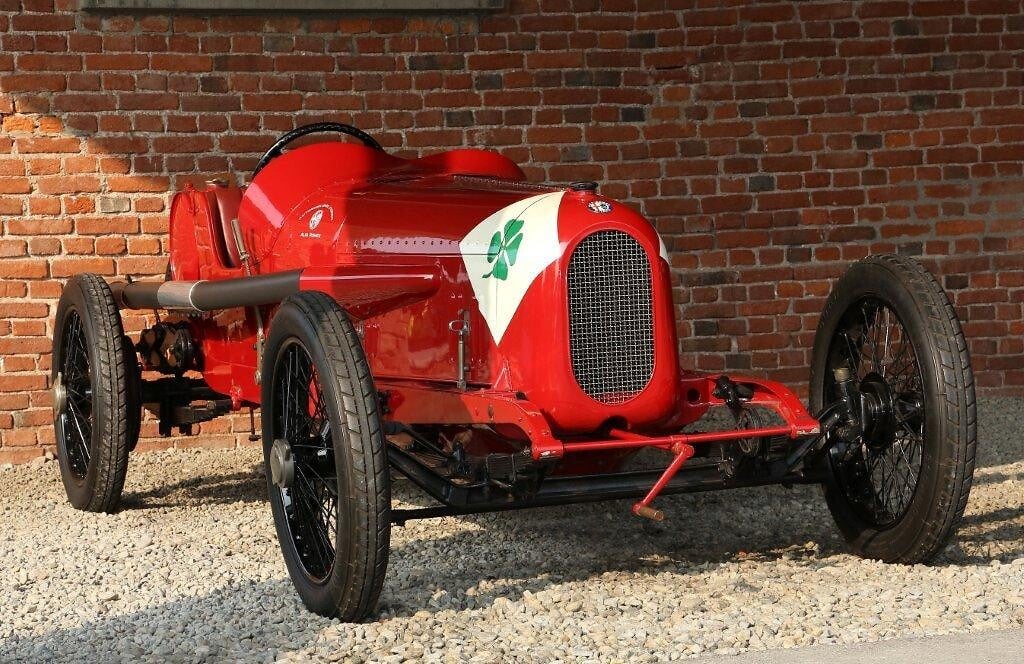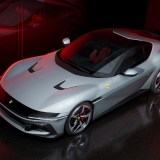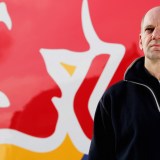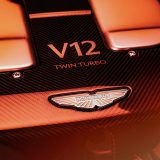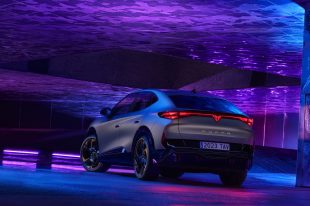Alfa Romeo Quadrifoglio: Looking back at 100 years of the four-leafed clover
Electrifying times ahead...
This year marks a significant anniversary for Alfa Romeo — the 100th birthday of the first use of its totemic quadrifoglio, the four-leafed clover symbol that has adorned everything from humble hatchbacks to great racing cars of motor sport’s golden age.
These days, the clover has come to represent Alfa’s Quadrifoglio performance arm — sort of an Italian equivalent of BMW’s M division or Mercedes-AMG — and graces some of the most powerful and potent cars ever created by the firm.
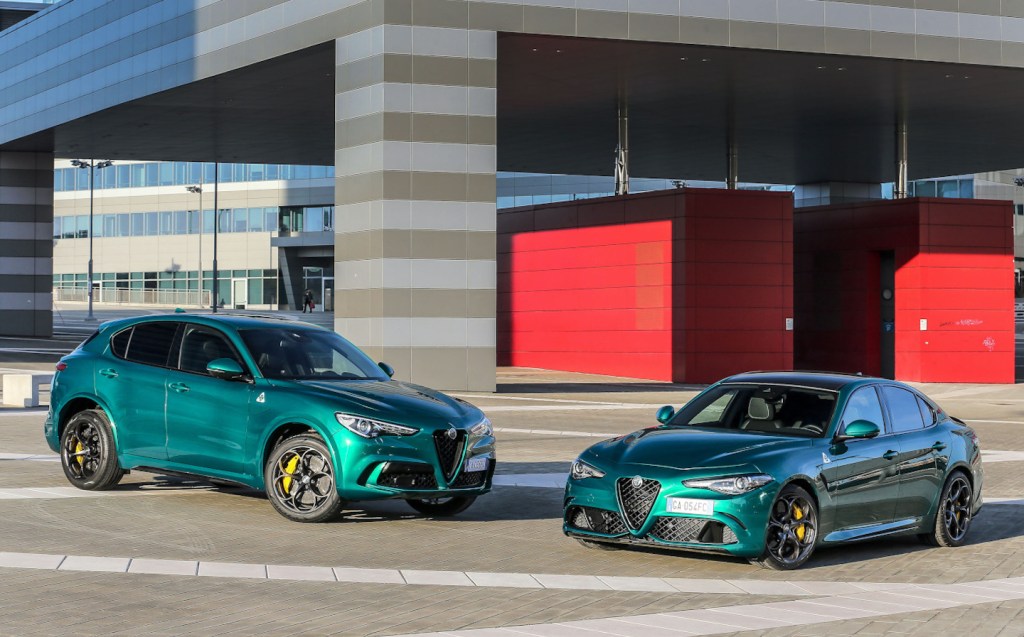
Powering the Quadrifoglio versions of Alfa’s Giulia saloon and Stelvio SUV is a twin-turbo 503bhp Ferrari-derived 2.9-litre V6 engine that enables the Giulia to sprint to 62mph in 3.8 seconds and which, for a short time, allowed the Stelvio to claim the title of world’s fastest production SUV.
All of this serves to illustrate that today the Quadrifoglio brand really does equal high performance rather than being a relic of past glories used as a halo to burnish the image of poorly-selling models as has occasionally been the case in the past.
Recent hints from the company suggest that even brighter days could lie ahead as the four-leafed clover enters the electric era.
The origins of the quadrifoglio symbol
It’s not really clear how the four-leafed clover came to represent good fortune, but it was known as a lucky charm at least as far back as the 19th century.
It had obviously gained currency by the 1920s when one Italian driver, Ugo Sivocci, a fine and well-regarded racer but not one with many outright wins to his name, applied a four-leafed clover emblem to his Alfa Romeo in the hope that he might finally shake off his moniker of “The Eternal Second”.
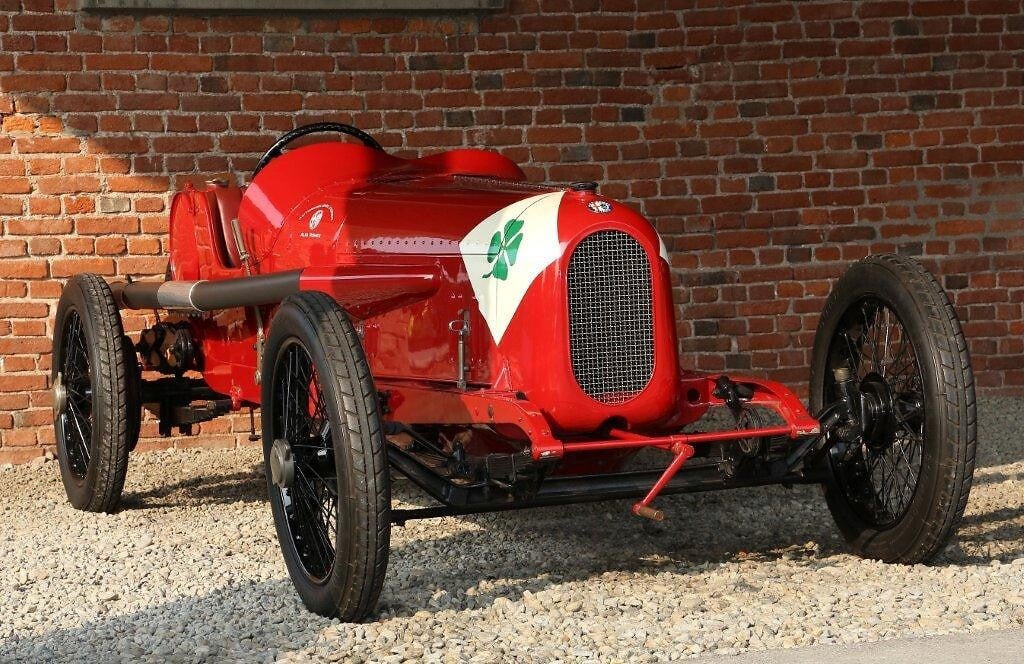
Founded in 1910, Alfa Romeo would later become one of the greatest names in motorsport, but success in the early days was largely elusive.
For the 1923 Targa Florio — the notoriously dangerous road race in Sicily — Alfa’s factory team fielded four specially-prepared lightweight RL models. These were driven by Antonio Ascari (father of the two-time F1 world champion Alberto Ascari), Ugo Sivocci, Giulio Masetti and a little-known Modenese named Enzo Ferrari.
Prior to the race, Sivocci had a green four-leafed clover on a white square painted on the front of his car as a good luck symbol. It seemed to pay off; some 200 yards from the finish, Ascari’s car, on course for victory, went off the track, requiring repairs to get going again.
In their enthusiasm, Ascari’s mechanics clung on to the back of his car as he revved up and roared across the line to an apparent victory. This, however, was against the rules, leading Ascari’s win to be declared null and void. With Ascari forced to return to where he broke down and cross the line for a second time, this handed the win to Sivocci in his clover-adorned car and marked Alfa’s first major international win.
A few months later, Sivocci crashed his Alfa P1 and died while racing at Monza. Due to complications surrounding the paintwork, the car he had been driving was not wearing its good-luck charm, an affirmation for many of the power of the quadrifoglio verde.
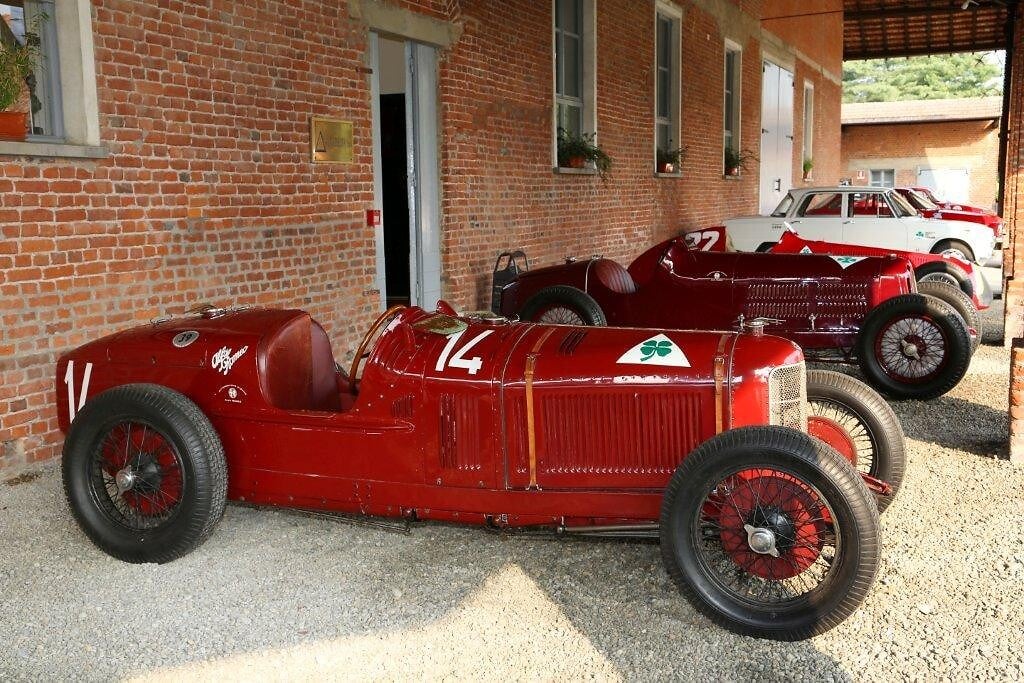
Following Sivocci’s crash, superstitious drivers, mechanics and engineers at Alfa began to insist on the inclusion of the clover symbol on the firm’s racing cars and, to mark Sivocci’s absence, the white square background was replaced by a triangle.
A staple of the Alfa Romeo brand
As the 1920s gave way to the thirties, Alfa Romeo cars bearing the quadrifoglio were racking up major international victories and even in the post-war period quadrifoglio-bedecked Alfas driven by Giuseppe Farina and Juan Manuel Fangio respectively won the first two F1 world championships in 1950 and 1951.
By the 1960s, the quadrifoglio verde (often abbreviated to QV) had long become synonymous with Alfa, and in 1964 the lightweight and sporty Giulia TI Super saloon became the first road car to wear the mark.
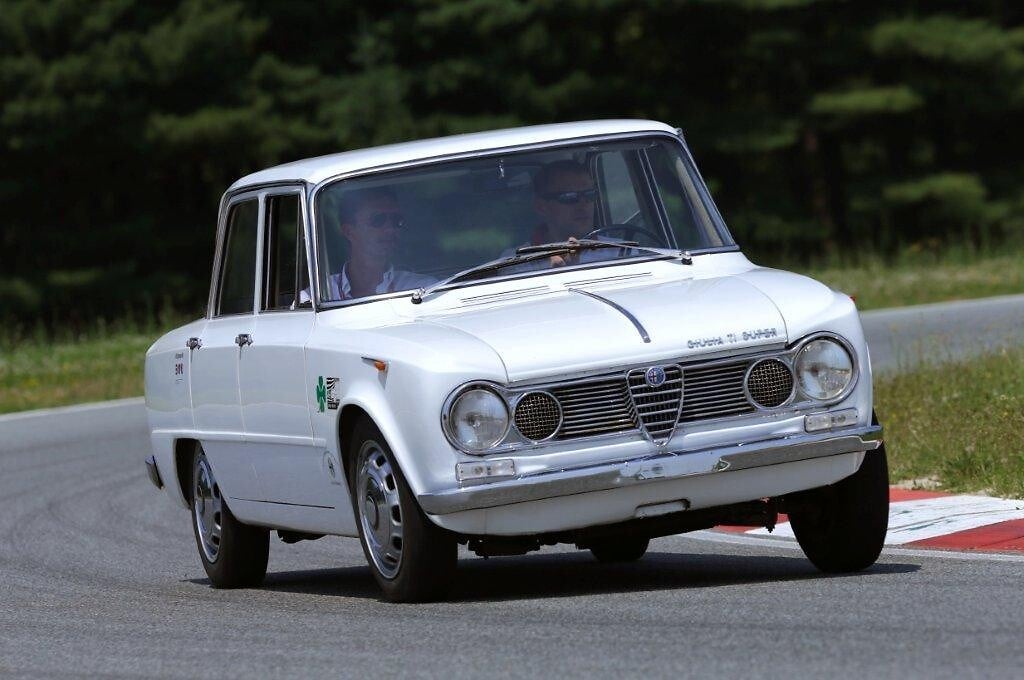
Created as a homologation special to allow Alfa to enter European touring car races, the Giulia TI Super weighed in at just 910kg and, with its 1,570cc engine developing 110bhp, its top speed of 115mph made it quick for its day.
By the Seventies and Eighties, “QV” had come to denote the sportiest variant of each Alfa model, with the Alfasud, Alfasud Sprint, 33, 75, Spider, 164 and 145 all getting a QV version and with the symbol still visible on Alfa’s racing and F1 cars throughout the period.
There was the quadrifoglio oro, too, a golden four-leafed clover used to represent the most luxurious cars in the company’s line-up, and 1992 saw the introduction of the all-wheel-drive 155 Q4, the Q4 suffix coming to distinguish Alfa’s four-wheel-drive performance models.
In the late nineties and early 2000s, the quadrifoglio symbol and name had fallen out of use in favour of the GTA moniker, but rather than let such a storied nameplate go, Alfa reintroduced the clover on the 8C Competizione in 2007 and the name as a trim level on the MiTo hatchback in 2009.
In time, however, the quadrifoglio verde, perhaps a little sullied by its appearance on a 1.4-litre supermini, would return to its rightful place on the wing of a properly quick car, the 2016 Giulia Quadrifoglio super saloon, which remains in production today along with a performance version of the Stelvio.
The charm reappeared at motor sport’s highest level on Ferrari’s 2017 F1 car and on the cars of the Alfa Romeo Sauber team in 2018.
While the clover remains part of the Alfa Romeo Racing livery at present it hasn’t brought the team much luck on track in recent years.
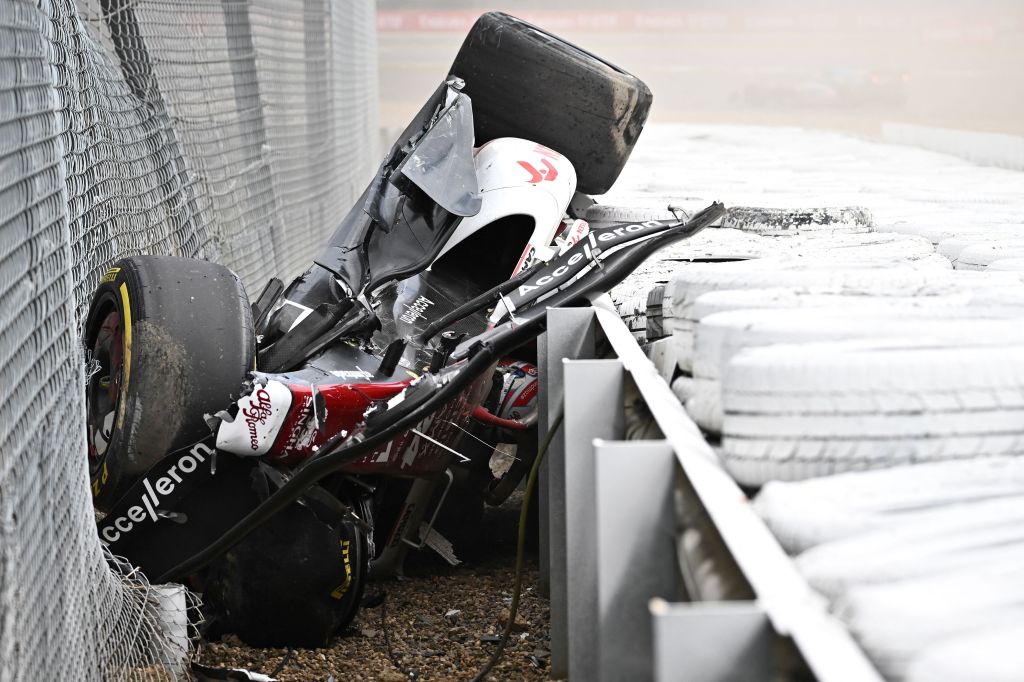
If those Alfa Romeo mechanics of the 1920s are to be believed though, maybe, just maybe, Sivocci’s quadrifoglio verde painted on the air intake of Zhou Guanyu’s car could have played a part in the Chinese driver walking away unscathed from his horror crash at the 2022 British Grand Prix.
What’s next for Quadrifoglio?
In an announcement last week, Alfa boss Jean-Philippe Imparato said that the current Giulia would be replaced in 2025 by an electric model. With that, he said, there would also be a Quadrifoglio version developing as much as 1,000bhp, with a range of up to 435 miles and equipped with 800-volt fast-charging electric architecture.
An electric replacement for the Stelvio is due in 2026 which, again, will be sold in Quadrifoglio form.
In the more immediate term, however, Alfa is shortly expected to confirm production of a new limited-run mid-engined sports car, rumoured to be called the 6C. If previous Alfa sports cars such as the 8C Competizione are anything to go by, the 6C could also wear the Quadrifoglio badge, but, even if it doesn’t, it’s still likely to be an incredibly exciting car. What kind of power unit will sit behind the driver’s seat remains to be seen.
Here’s hoping the Quadrifoglio’s second century is just as thrilling as its first.
Related articles
- After reading about Alfa Romeo’s quadrifoglio brand, you might be interested to read a review of the Maserati Grecale SUV
- Read what Jeremy Clarkson thought of the Porsche Macan
- You might also like to read all about the Maserati MC20 supercar
Latest articles
- Sci-fi inspired Ferrari 12Cilindri replaces 812 Superfast, powered by 819bhp unassisted V12 engine
- New Renault Symbioz adds to French carmaker’s fresh crossover SUV assault
- Red Bull confirms Adrian Newey’s departure, but where next for the F1 designer?
- Lotus shows off its work on British Cycling’s Paris Olympics bicycle
- New Aston Martin Vanquish to get V12 engine with 824bhp
- Cupra updates Leon and Formentor with sharp styling and longer-range hybrids
- Extended test: 2023 Vauxhall Astra Sports Tourer GS PHEV
- Omoda 5 prototype review: Bargain family SUV is solid first effort for new Chinese brand
- Dacia Duster 2024 review: Rugged, affordable SUV modernised with electrification and quite the glow up


